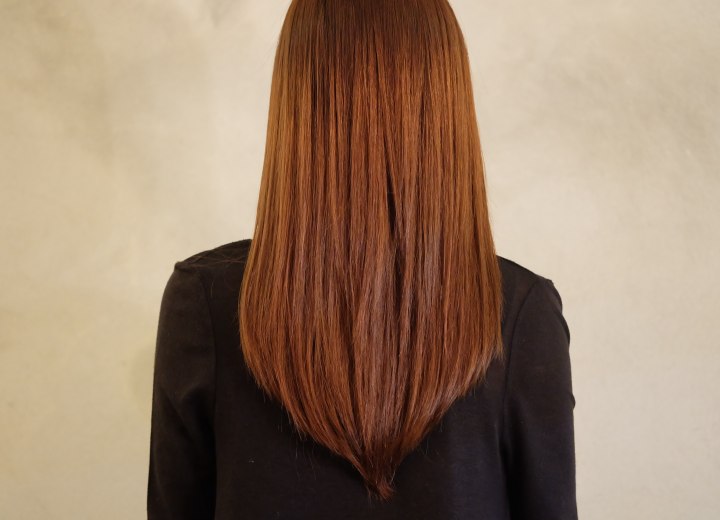Genetics and Hair Color

Are the lotions and soaps I use on my face causing this lightening or do I just have 'stripe' caused by my genetics? I never use any skin bleaching agents. I don't want to color or dye my hair as much as correct anything I'm doing wrong.
A: It is possible that your facial cleansers, lotions and soaps are contributing to this condition, but most likely only in the sense that they may be making your hair more porous than might naturally be the case. This being said, if this is the case you will likely be seeing a differentiation in the texture and condition of the lighter hairs caused by the harshness of these products.
For example, as a small child, I had yellow-blonde hair (from photos I would judge it to be level 8). By the time I was 12, my hair had darkened to a level 5-6 (light-medium brown), and was a solid level 4 (medium brown) by the time I was 20. However, in the last twenty years, my hair's color has been gradually lifting as I age, back to a level 6 (light brown).
And another thing many people don't realize is that your hair's follicles act independently of one another. Natural hair colors look natural because of the subtle variations in color between each strand. This is because each follicle works on its own. Follicles in one area of the scalp may show signs of aging sooner than others, and some may be on the same biological schedule. Environmental and health/medical factors can often affect these schedules - stress-related or illness-related hair loss is an example.
It's these factors that are most likely responsible for the pattern of lighter/graying hair you are experiencing. If you are happy with the look (and you are getting compliments) feel free to continue enjoying your hair's natural uniqueness without worry.
©Hairfinder.com
See also:
Hair color and genetics
Hair and the aging woman
The 4 basic hair color categories